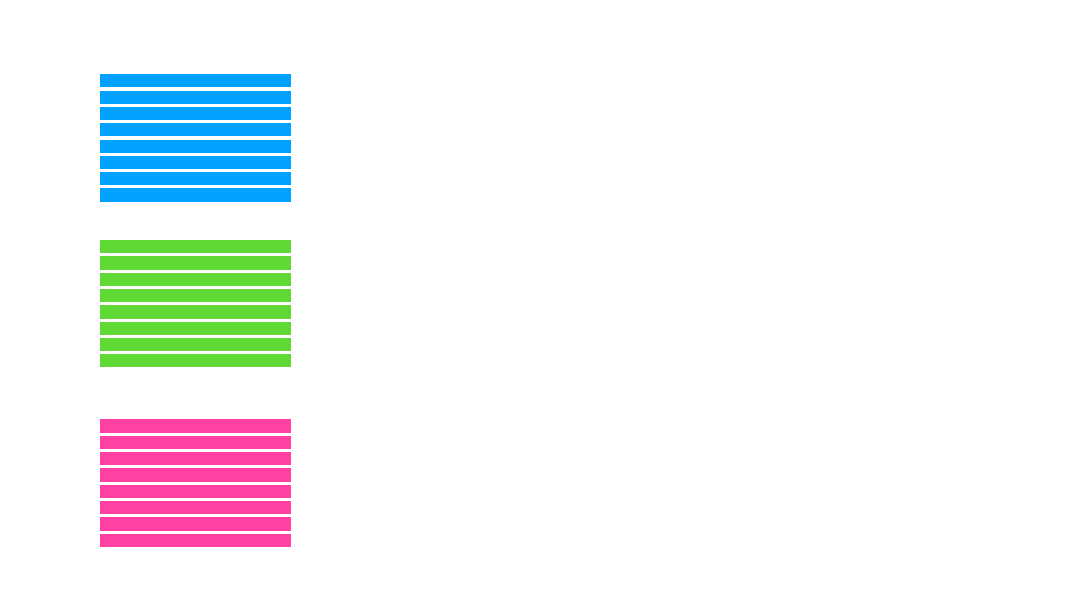60 hours to 72 minutes
I made a film in 2017 called SHANK’S. I had written a film on Marathi cuisine a long time before that, but for many years it did not receive any funding to actually make the film. I was frustrated. The rebel in me woke up one day and said, if I don’t get funding, I will make the movie on my iPhone and release it online. That’s exactly what I did.
SHANK’S was a social experiment. I was hugely inspired by the journeys of various chefs, and how they stayed true to their roots and their cuisines, and made it big in the culinary world. I am a foodie, and I respect my Marathi roots immensely. I wanted to make something where I can exhibit Marathi food on a global scale, and I created SHANK’S out of that desire.
SHANK’S was a huge success. The trailer received 400,000 views in one week on social media, and the film itself got more than 200,000 views on streaming channels. It put Marathi food on the world map. I still receive messages from chefs around the world about how the film inspired them.
Here is the trailer of the film.
Making SHANK’S was no easy feat. Since I wanted to film documentary style, I actually wanted to shoot documentary style as well. I did not want to create a scripted film. I wanted people to tell their stories and experiences naturally in front of the camera. Once I gathered all of this footage, I somehow thought that I would be able to edit the film from the raw material just like any other film I had done before. Of course, since it was a fiction film, there would be actors in front of the camera portraying the roles of characters in the documentary, and they would tell framed stories, but all of that without any script.
I created roles of food bloggers, culinary historians, chef’s friends and relatives, and the chef itself and his wife. I recruited around 15 actors and distributed the roles amongst them. Then I would invite an actor to a conference room, give some idea about the story I want to make, and just ask him/her to speak while my camera was on. Then they would dig deep into their own real memories, and somehow weave my story into them and tell it in front of the camera. This made them sound extremely genuine.
Since there was no script, and I motivated them to just speak their mind, each actor spoke for about 4-5 hours in front of the camera. I was super happy. I went home, downloaded all the footage and looked at the videos.
Before we move forward in the essay, I would like to quickly illustrate how a film is edited. Editing is basically a decision making process. You start with raw footage. You watch all the frames in the footage, and choose the best ones that you think tell the story. Once the frames are chosen, they are plucked out of the footage, and arranged on a timeline to tell a cohesive story.
Therefore, the basic requirement to edit a film is the ability to watch your raw footage to understand what you have to work with. When I downloaded the footage for SHANK’S, I realized very quickly the mess I was in. It was 4-5 hours per actor, for 15 actors. Approximately 60 hours of footage! Until then, I only had an experience of making short films of about 20 minutes, and maximum 2 hours of total footage to edit the film from. This was thirty times that. I had never encountered such a vast amount of raw footage before.
Around the same time, I was working in manufacturing in my engineering job, and was learning lean principles of manufacturing every single day. Concepts like 5S, standardization, visualization, reducing waste were getting practiced daily in my work life, and the thought processes for using these in my regular life were taking shape. Since lean manufacturing principles are used for scaling up processes effectively and creating order out of chaos, I thought of applying them to my editing. I thought probably that would certainly help me bring my film to life.
At first, I had to solve the problem of being able to watch the footage I had easily. I had 60 hours of footage, and the story I wanted to tell was hidden in there somewhere, I just needed to find it. However, I did not know where to start. I had to understand what I had. I realized I needed to 5S the footage. I had to transform the footage into some form that will let me understand the extent of content I was dealing with.
The idea I had was to convert everything to text. I started transcribing the footage. I used a free transcriber tool called “O-transcribe” that let me listen to the video while I typed the type stamp and the lines spoken by the actor. Just like that, I had 15 maps of time-stamp and transcriptions. Now I knew what was spoken in each video, but in text format. This was actually easy to refer to since I did not need to skip through the video to know what was said when. I could just look at the writeup, and understand.
Now I had to choose the right sections to tell the story. It was important to select the appropriate text from all transcriptions and then put it next to each other so I can see the story. However I also needed to preserve the information of who was saying what. Because once I had the entire text assembled, I had to go back to the videos and select those lines from those videos and edit the film. So I utilized the visualization principle. I assigned a color for each actor, and highlighted the text for each actor with respective color. Now even if I selected text excerpts from different actors and put them together, I still could understand which video to go back to, to pluck the line from.
In this manner, I edited the entire film on paper (well, in a doc) first. I built the entire story from the transcriptions from all the actors, removed the ramblings if any (reducing waste) and made the story as tight as I could. Even though it looked like just lines highlighted in different colors on a page, it felt like a piece of literature to me. It was my film, albeit in text, not video.
Remember I said I had used a tool that allowed me to create a timestamp for each line of text for the actor in the transcriptions. Now that timestamp came in handy. I just went back to each video of the actor, went to that particular time in the video, cut the clip that had that line from the actor, and put it into the timeline. Just like that, I transformed the entire text edited film into a video edited film. Voila!!!
It is said that the film has finished editing when there is nothing left to remove. I experienced that literally while editing SHANK’S because I actually removed lines and lines of text to bind a story on a page. The total running time for edited SHANK’S was 72 minutes, and remember I started with 60 hours of footage.
Editing SHANK’S was the first time I had transformed something from video to text, edited in text, and transformed the edited text into video to tell a story. The lean principles certainly came to rescue, and I would forever cherish the experience of applying my technical training to creative storytelling.

